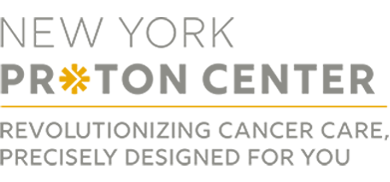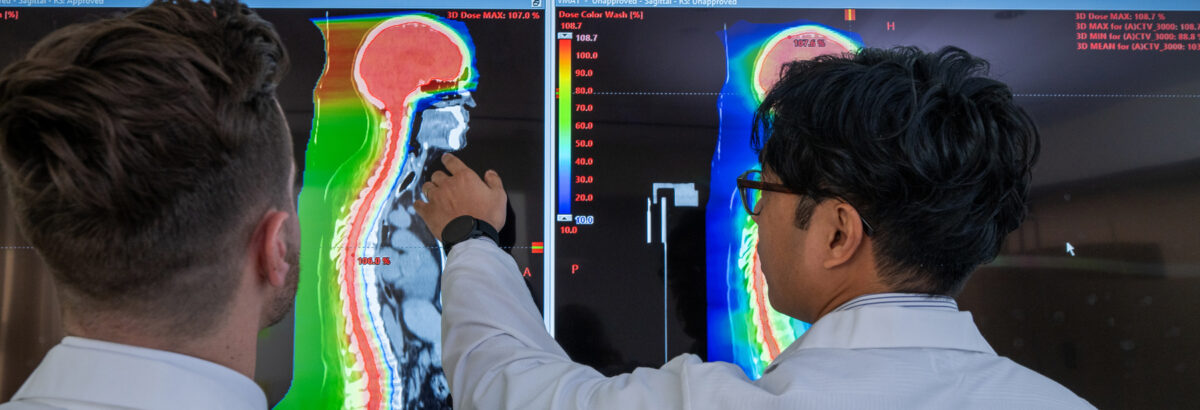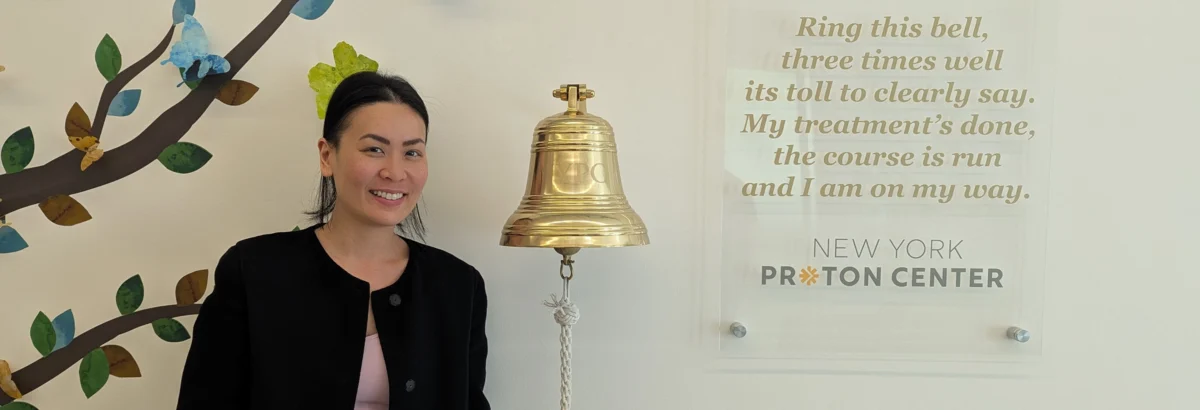The Benefits of Proton Therapy for Chordomas
Proton therapy is an effective treatment for chordomas, malignant tumors that occur in the spine or the base of skull. Chordomas are rare, occurring in just one in 1 million people per year according to the Chordoma Foundation.
New York Proton Center (NYPC) radiation oncologist and Director of Education Dr. Arpit Chhabra specializes in the treatment of chordomas and other tumors of the brain, spine, and central nervous system, as well as malignancies of the head and neck region and gastrointestinal tract. Dr. Chhabra spoke with us recently about his work with spine tumors and his newly published paper focused on chordoma treatment.
A Leader in Proton Therapy for Chordomas
Dr. Chhabra graduated from Cornell University with a degree in both Biological Sciences and Economics before receiving his medical degree from New York University and completing his Radiation Oncology residency at the University of Maryland. He then completed an Advanced Radiation Modalities Fellowship at the University of Maryland and Maryland Proton Treatment Center, receiving specialized training in Proton Therapy. As a result of his qualifications and depth of experience treating patients with chordomas, Dr. Chhabra was invited to be included in the Chordoma Foundation’s Doctor Directory.
Chordomas have the potential to cause bone destruction and neurological symptoms, and they typically require a high radiation dose to be effectively treated. Proton therapy is better suited to treat these tumors than conventional radiation therapy given the precision and lack of exit dose of pencil-beam scanning proton therapy, which allows greater normal tissue sparing.
Dr. Chhabra recently led a Proton Collaborative Group (PCG) multicenter study on the efficacy of high dose proton therapy for chordoma, with results described in a paper just published in The Green Journal. The study of 100 chordoma patients demonstrated that high dose proton therapy achieved excellent efficacy and outcomes with low rates of toxicity.
The Process of Using Proton Therapy to Treat Chordomas
The process of treating chordomas first involves a surgeon operating through the patient’s nose or back to remove as much of the tumor as possible before proton therapy is delivered to reduce the risk of recurrence.
Often, Dr. Chhabra sees patients who have undergone spinal or skull base tumor surgery by surgeons throughout the Tristate area and beyond. He initially speaks with them about several treatment options, communicating the pros and cons of proton therapy in comparison to other treatments. He reviews each patient’s case to determine the magnitude of benefit for proton therapy and considers factors such as the likelihood of tumor recurrence, age, expected survival, which normal structures are near the tumor, and what dose of radiation might be needed.
In addition to being the optimal treatment for patients with an initial diagnosis of chordoma, proton therapy is typically the only type of radiation that can safely retreat recurrent chordoma. Learn more about the benefits of proton therapy for chordoma and other tumors here.
About the Author
Dr. Arpit Chhabra is a radiation oncologist at the New York Proton Center specializing in proton therapy for the treatment of liver and other gastrointestinal (GI) tract cancers, as well as cancers of the Base of Skull and Spine.



